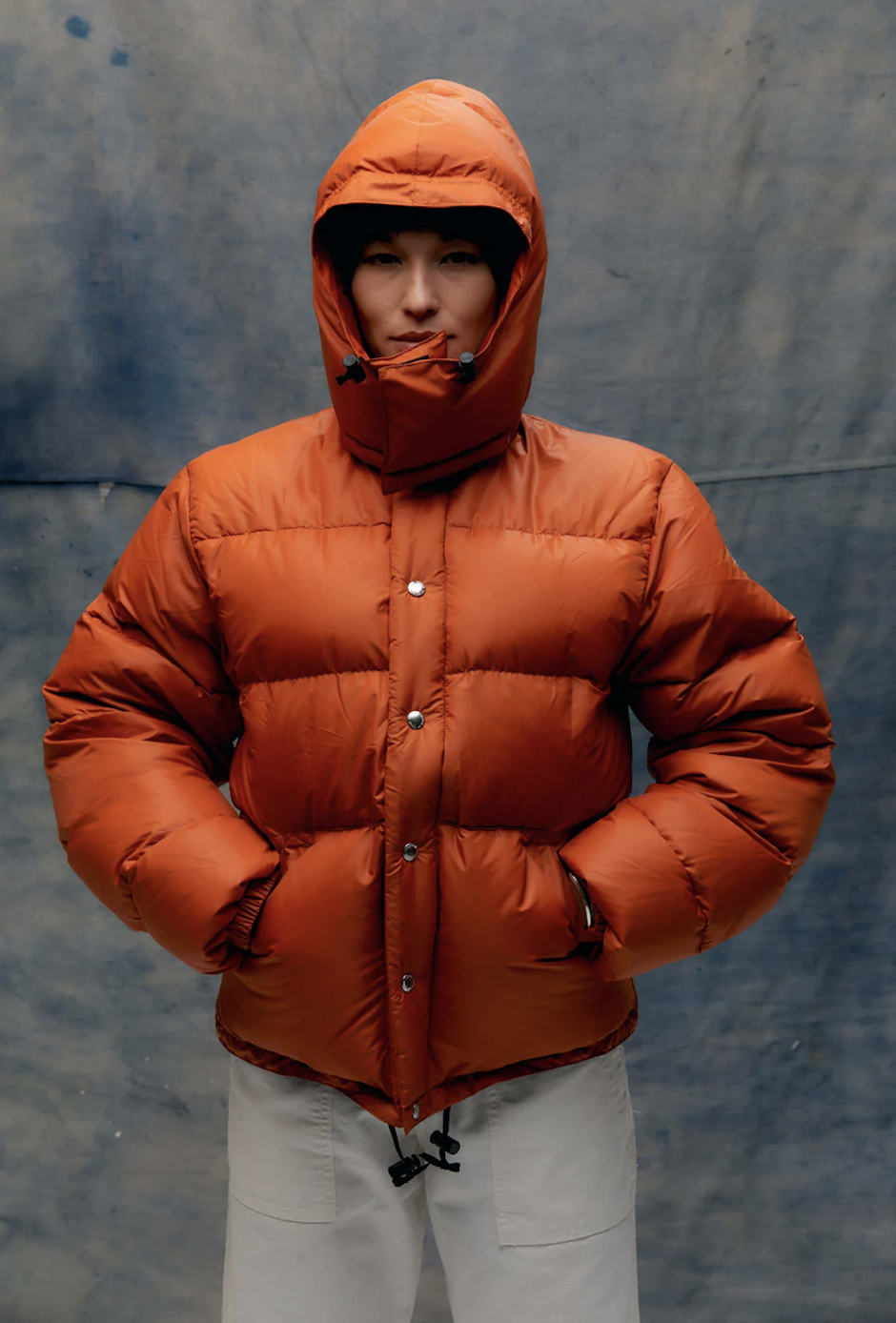Time to bundle up…brr!
With the temperatures dropping it's time to break out, or invest in some outerwear. Now, I long for the days of my youth, just snow covering the ground for months. Alas, those days have passed. We seem condemned to Winter Storm (Insert Middle Age Name), 7 feet of snow, then two days later it's gone. I’m totally not bitter about my childhood melting away, but with today's crazy weather outerwear is no longer a protective layer, it is often worn as apart of your ensemble.
Pea Coat
History: Pea coats were originally worn by sailors in the 1800s. They were made of heavy wool and had a double-breasted design to protect the wearer from the cold and wind. Pea coats became popular among civilians in the early 1900s and have remained a classic outerwear style ever since.
Style: Pea coats are typically short, double-breasted coats with broad lapels and large buttons. They often have vertical or slash pockets. Pea coats are typically made of wool or a wool blend.
Pair with jeans or slacks, this fitted coat can serve as apart of your outfit. This is the most casual and versatile of the outerwear pieces.
Top coat
History: Top coats date back to the 17th century and were originally worn by upper-class men. They were made of fine wool and had a tailored fit. Top coats became more popular among the general public in the 19th century.
Style: Top coats are typically longer than pea coats and have a single-breasted or double-breasted design. They often have notch lapels and flap pockets. Top coats can be made of a variety of materials, including wool,cashmere, and camel hair. This is the business piece.
Worn over a suit and checked in at the door. Yes you may see some teens wearing an oversized look dawning a top coat, but they’ll learn.
Car Coat
History: Car coats were first introduced in the 1920s. They were originally designed to be worn by motorists, but they quickly became popular among civilians as well.
Style: Car coats are typically shorter than top coats and have a boxy fit. They often have single-breasted designs and buttoned or zippered closures. Car coats can be made of a variety of materials, including wool, cotton, and leather.
Open instagram and you’ll see Chelsea boots, jeans, a sweater and a car coat. Talk about a beautiful look for running errands or going to dinner!
Parka
History: Parkas were originally worn by the Inuit people of the Arctic. They are made of heavy-duty materials such as fur and caribou skin to protect the wearer from the extreme cold. Parkas became popular among non-Inuit people in the early 20th century.
Style: Parkas are typically long, hooded coats with a drawstring closure at the waist. They often have fur trim on the hood and cuffs. Parkas can be made of a variety of materials, including synthetic materials, fur, and down feathers.
Bards does not sell this parka but we have an American made option for you! click the link below.
Which coat is right for you?
If you’re in the North East, like me, then you know you have the very real possibility of experiencing multiples seasons in one week, sometimes in one day. I am admittedly an outerwear addict. I need a coat for 48 and Sunny, 48 and Cloudy, 48 and Windy, etc; I find that I find the best options revolve around the fit I am going for. I will not wear a suit jacket or a sport coat if I am going to wear a Pea Coat or Car Coat. If I need to travel to the city or in the car braving the elements, I will probably bring a Top Coat. It’s better to have it and not need it than need it and not have it. I will rarely wear a Parka in any formal setting, that is reserved for the ski slopes.
Outerwear has become such an essential piece, but there is a wider margin of freedom of expression in outerwear. I encourage you to incorporate prints or pattern into your outwear selection, and pair it with a monochromatic outfit. Sit back and wait for the compliments.




